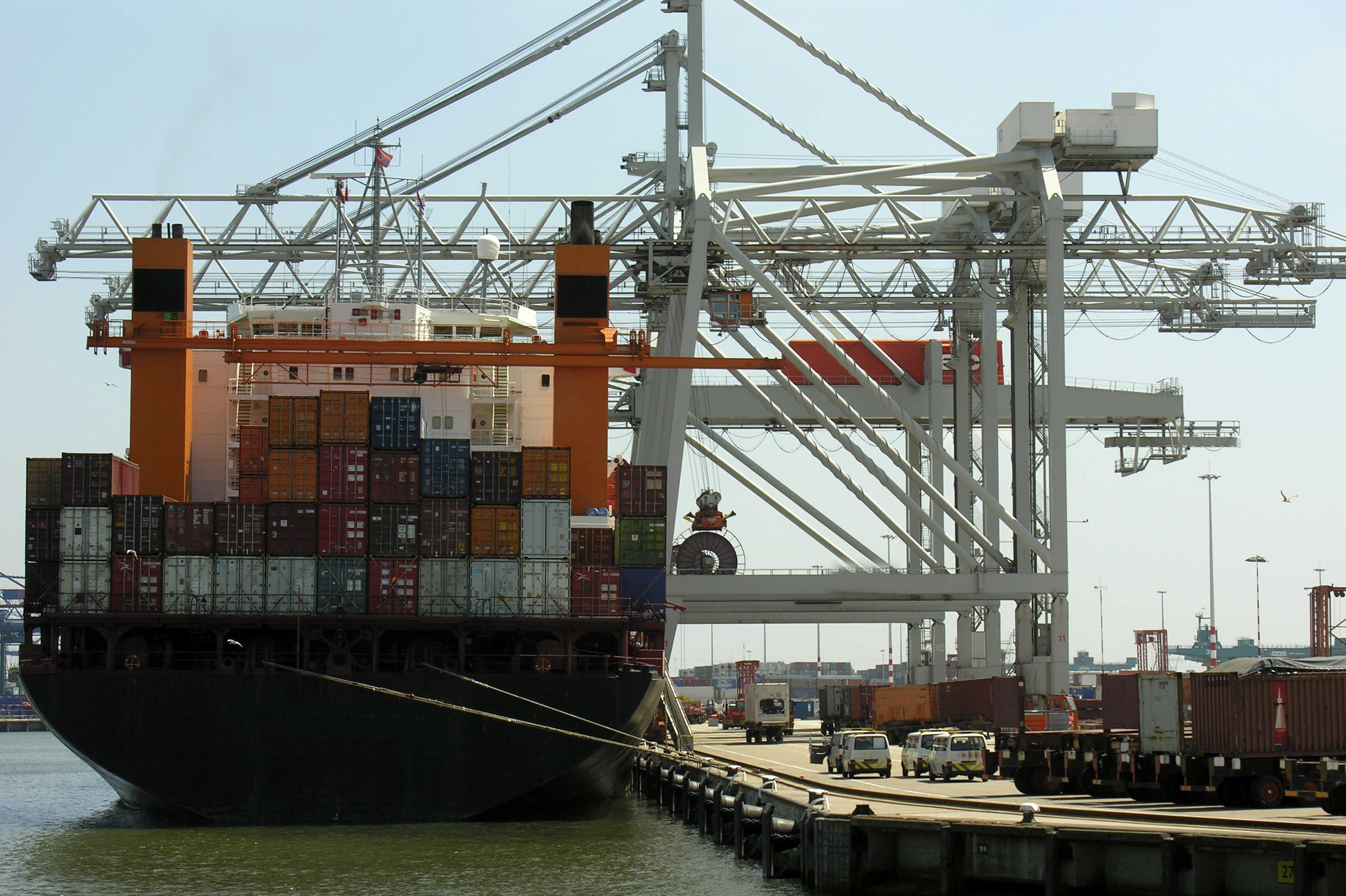In recent news, the U.S. Coast Guard approves two alternative Container Weight Verification Methods. New international regulations on weight verification for carriers have resulted in two options for obtaining certified container weights. The two groups responsible for these new methods are agricultural shippers and the South Carolina Ports Authority. The announcement for the latest alternatives comes just 62 days before the SOLAS amendment goes into effect on July 1st, 2016. In a letter sent to the International Maritime Organization, the US Coast Guard repeated its views on the multiple ways to meet the new SOLAS rule mandating that no container can board a vessel without a verified gross mass or VGM.
The two options are as follows: 1) the terminal weighs the container, and when duly authorized verifies the VGM on behalf of the shipper 2) the shipper and carrier reach agreement whereby the shipper verifies the weight of the cargo as well as other securing materials and the container’s tare weight is provided and verified by the carrier. The South Carolina Ports Authority introduced the first method and expressed its interest in helping shippers to weigh containers on site so that they can comply with the new IMO rule. The cost to the shipper for weighing goods would be $25 per container according to SCPA president Jim Newsome. Newsome explained that “this practice has occurred for over 20 years and represents what can legitimately be called a ‘best practice’ in the safe loading of vessels in the US.”
The second option, however, has been somewhat controversial in recent months. Under the second option of weight verification, US exporters would certify the weight of their cargo and packing materials, while container lines would certify the weight of their own containers. The liners would then combine the two weights to create the VGM before submitting it to the terminal operator before loading.
Despite the rationality behind this method, several groups including APL and the Ocean Carrier Equipment Management Association said that they will not accept VGM via this second method. These groups have published in their handbooks that the IMO law does not allow the carrier to add the container weight and cargo weight provided by shippers. The USCG’s response to the discrepancy is that IMO regulations should be addressed as “business practice” and not regulation enforcement. In other words, individual carriers can make their own stipulations with shippers on how they will or will not accept a certain method.
The major concern for the USCG is more related to the weighing being done by certified scales. The agency stated that all presently certified containers weighing equipment used in the states should comply with SOLAS regulations. This was a huge win for shippers that preferred having the opportunity to weigh their own cargo rather than having to pay the ports authority to weigh it for them at a cost. Due to the flexible stance of the USCG, individual ocean carriers are free to develop their own means of compliance that makes operational and economic sense for them and their customers. It will be interesting to see how this all plays out come July 1st when the SOLAS amendment for weight verification goes into effect.




